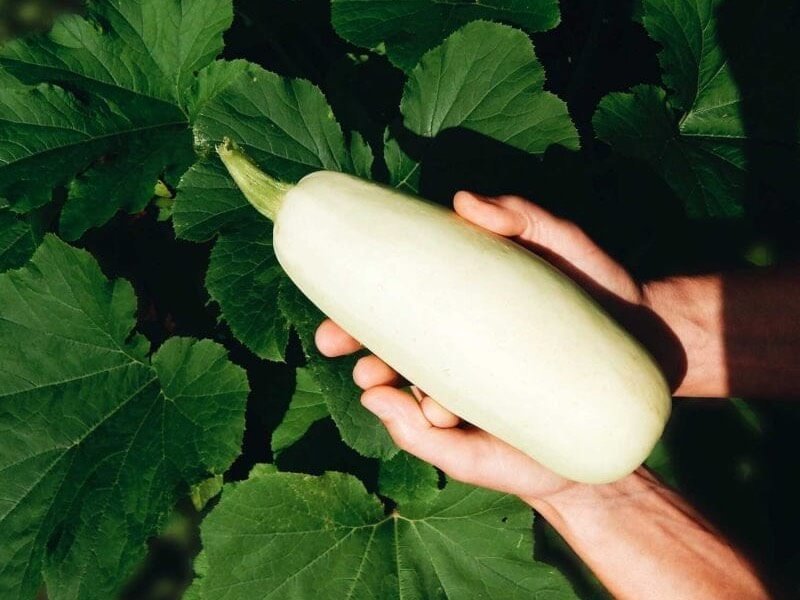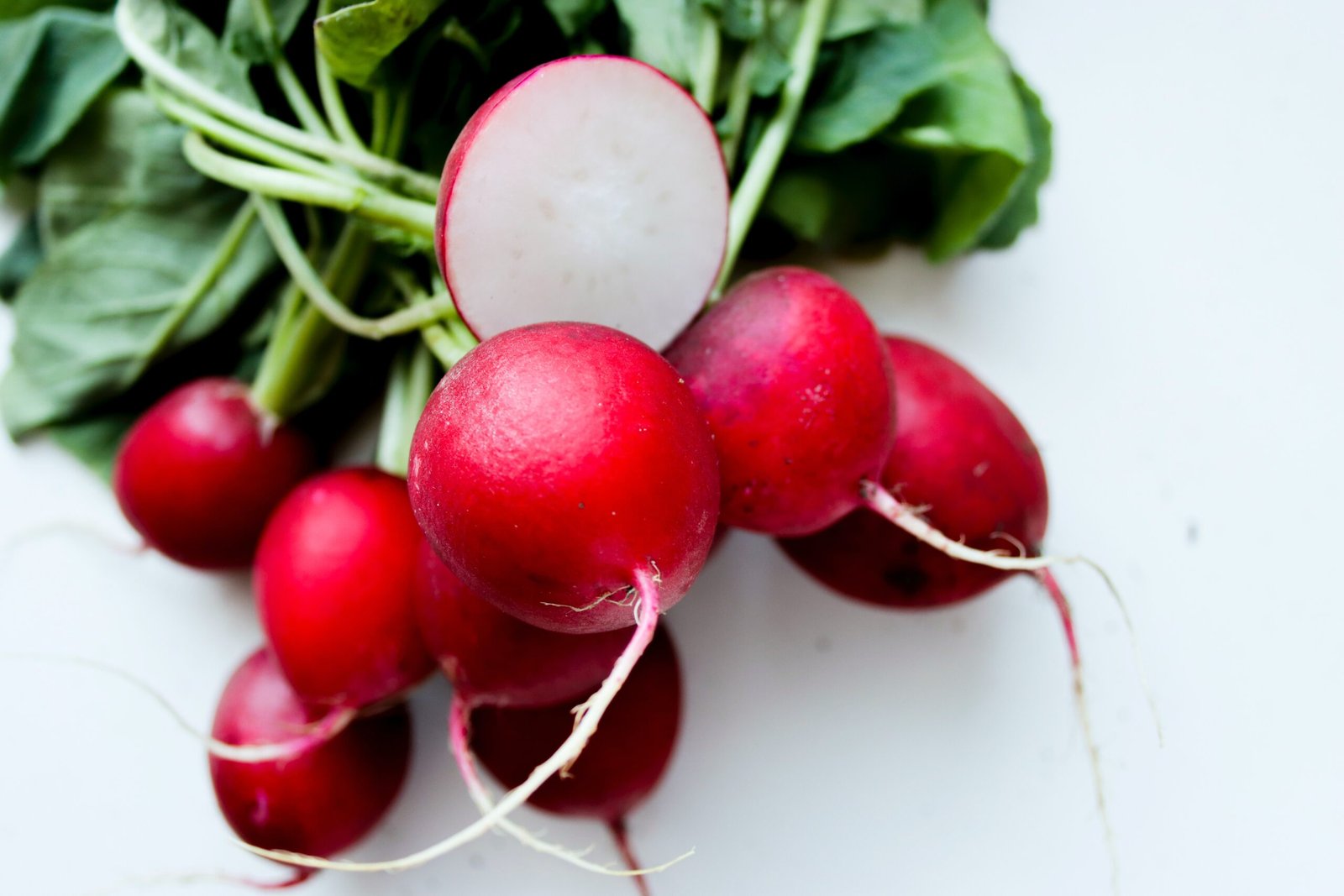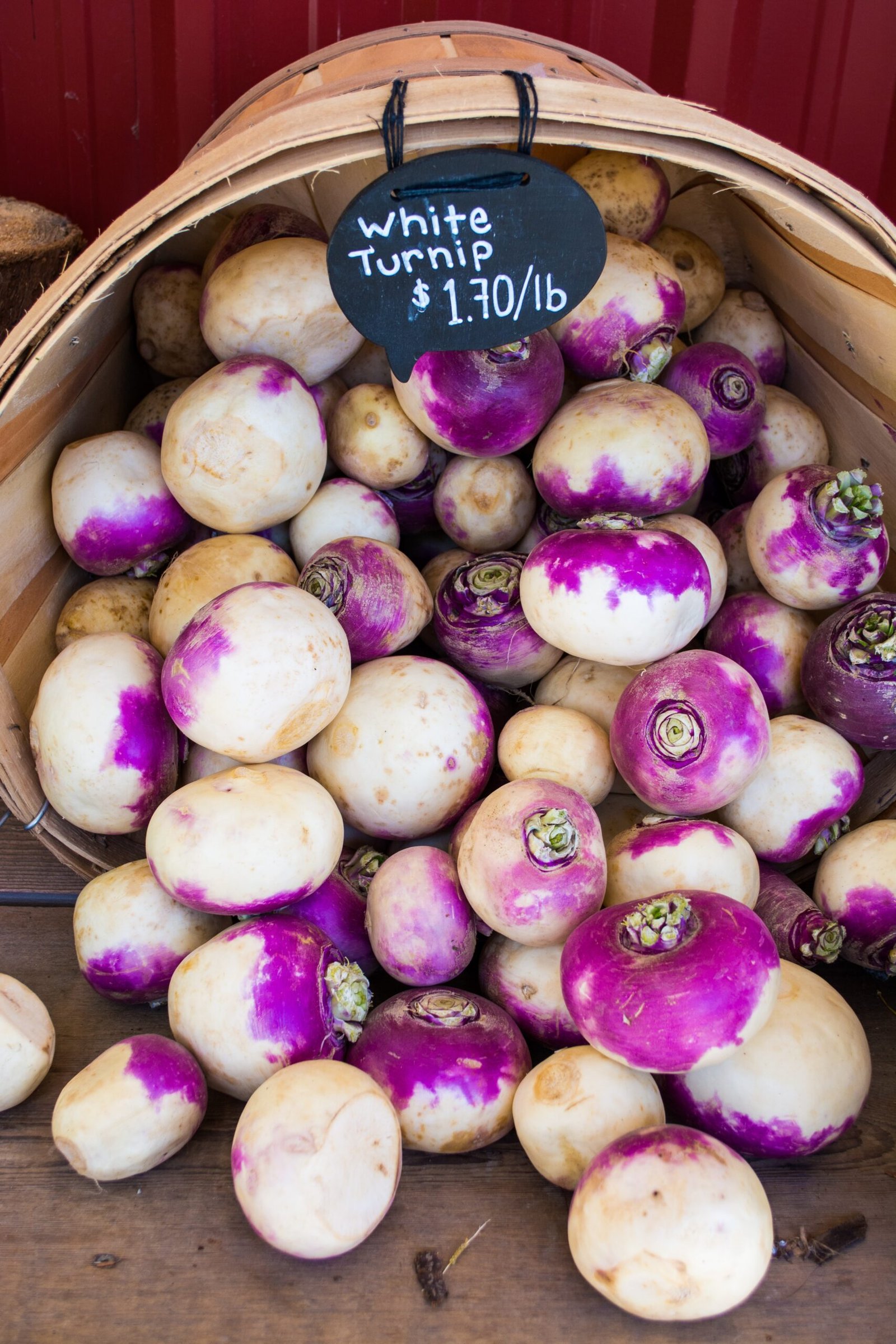Introduction
Welcome to the ultimate guide on how to grow edible marrow at home in the UK! Whether you’re a seasoned gardener or a beginner, growing your own marrow can be a rewarding and delicious experience. In this step-by-step guide, we will walk you through everything you need to know to successfully grow marrows in your own backyard.
Why Should I Grow Marrow?
There are several reasons why growing marrow is a great idea. Firstly, marrows are a versatile vegetable that can be used in a variety of dishes, from soups and stews to stir-fries and salads. Secondly, growing your own marrows allows you to have control over the quality of the produce, ensuring that you are eating fresh, organic vegetables. Lastly, gardening can be a therapeutic and enjoyable hobby that allows you to connect with nature and enjoy the fruits of your labor.
Where is the Ideal Location to Grow Marrow?
Marrow plants thrive in a sunny location that receives at least 6 hours of direct sunlight each day. Choose a spot in your garden that is sheltered from strong winds, as this can damage the plants. If you don’t have a garden, don’t worry! Marrows can also be grown in pots or containers on a sunny balcony or patio.
Soil Type and Preparing the Soil
Marrow plants prefer well-draining soil that is rich in organic matter. Before planting, prepare the soil by removing any weeds and loosening it with a garden fork or tiller. Add compost or well-rotted manure to improve the soil’s fertility and structure. This will provide the plants with the nutrients they need to grow and produce healthy marrows.
Watering Tips and Hints
Marrow plants require regular watering, especially during dry spells. Water deeply and evenly, making sure the soil is moist but not waterlogged. Avoid overhead watering, as this can lead to the development of fungal diseases. Consider using a drip irrigation system or a soaker hose to deliver water directly to the plant’s roots.
Sowing and Planting Marrow
If you want to grow marrows from seed, start by sowing them indoors in early spring. Plant the seeds in small pots filled with seed compost, and keep them in a warm, sunny spot until they germinate. Once the seedlings have developed their first true leaves, they can be transplanted outdoors.
How to Grow Marrow from Seed
When the risk of frost has passed and the soil has warmed up, you can plant your marrow seedlings outdoors. Dig a hole that is large enough to accommodate the root ball of the seedling, and gently place it in the hole. Backfill with soil, firming it gently around the base of the plant. Space the plants about 3 feet apart to allow for adequate air circulation.
How to Plant Out Marrow
If you prefer to start with young plants, you can purchase marrow seedlings from a local garden center or nursery. Plant them in the same way as the seedlings, making sure to space them properly. Water the plants thoroughly after planting to help them settle in.
General Care for Marrow
Keep your marrow plants well-watered and weed-free throughout the growing season. Mulching around the plants can help conserve moisture and suppress weed growth. As the plants grow, you may need to provide support by using stakes or trellises to prevent them from sprawling.
How to Harvest Marrow
Marrow can be harvested when they reach a length of about 8-10 inches. Use a sharp knife or pruners to cut the fruit from the vine, leaving a small stem attached. Regular harvesting encourages the plants to produce more marrows.
How to Store Marrow
Marrow can be stored in a cool, dry place for up to a week. Alternatively, you can freeze or preserve the marrows by blanching them and storing them in airtight containers or freezer bags.
Problems in Growing Marrow: Common Pests and Diseases
Like any other plant, marrows are susceptible to pests and diseases. Common pests include aphids, slugs, and snails. To control these pests, you can use natural remedies such as neem oil or introduce beneficial insects like ladybugs and lacewings. Powdery mildew and blossom end rot are common diseases that can affect marrows. Proper watering and good air circulation can help prevent these diseases.
Where to Buy Marrow
You can buy marrow seeds or seedlings from local garden centers, nurseries, or online seed suppliers. Look for reputable sources that offer a wide variety of seeds and plants to choose from.
What are the Best Marrow Varieties to Grow and Why?
There are several popular marrow varieties that you can choose from, depending on your preferences. Some popular varieties include ‘Long Green Bush,’ ‘Tromboncino,’ and ‘Harp F1.’ These varieties are known for their excellent flavor, high yields, and disease resistance.
What Tools Will I Need to Grow Marrow?
To grow marrow, you will need a few basic gardening tools, including a spade or garden fork for preparing the soil, a trowel for planting, a watering can or hose for watering, and a pair of pruners or a sharp knife for harvesting.
Conclusion
Growing marrow at home in the UK is a rewarding and enjoyable experience. By following the step-by-step guide outlined in this article, you’ll be well on your way to growing your own delicious marrows. Remember to provide them with the right conditions, care for them diligently, and soon you’ll be enjoying the fruits of your labor in the form of fresh, homegrown marrows.
Frequently Asked Questions
Q: Can I grow marrows in pots or containers?
A: Yes, marrows can be grown in pots or containers as long as they receive adequate sunlight and are watered regularly.
Q: When is the best time to harvest marrows?
A: Marrows are best harvested when they reach a length of about 8-10 inches.
Q: Can I freeze marrows?
A: Yes, marrows can be frozen by blanching them and storing them in airtight containers or freezer bags.
Q: How often should I water my marrow plants?
A: Marrow plants should be watered regularly, especially during dry spells. Water deeply and evenly, making sure the soil is moist but not waterlogged.
Keywords: growing marrow, growing marrows, growing marrows in pots, growing marrows from seed, growing marrow uk, growing marrows vertically, growing marrows in containers, growing marrows outdoors, growing marrows at home, growing marrow from seed





































